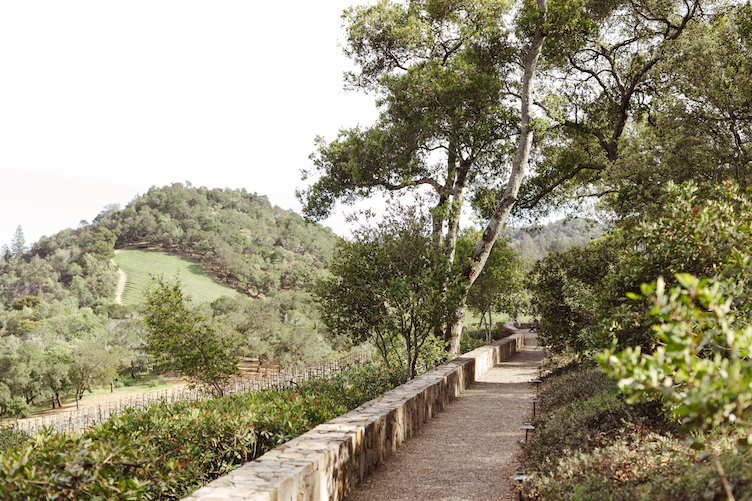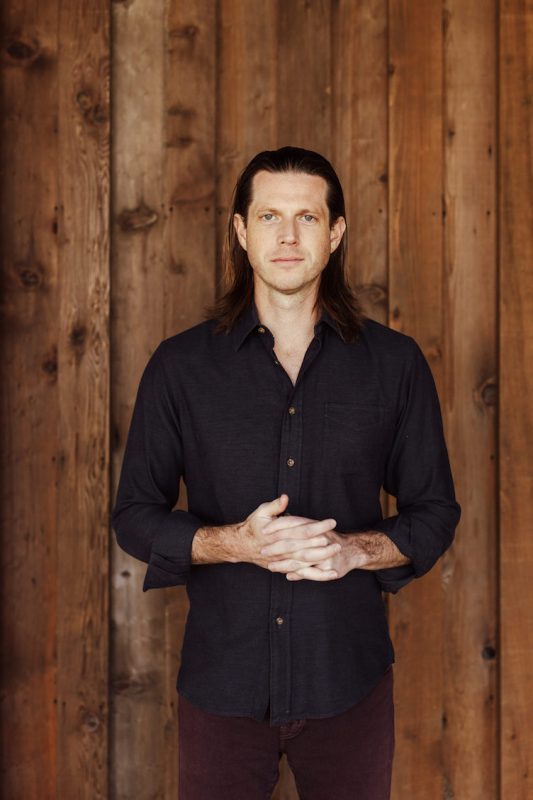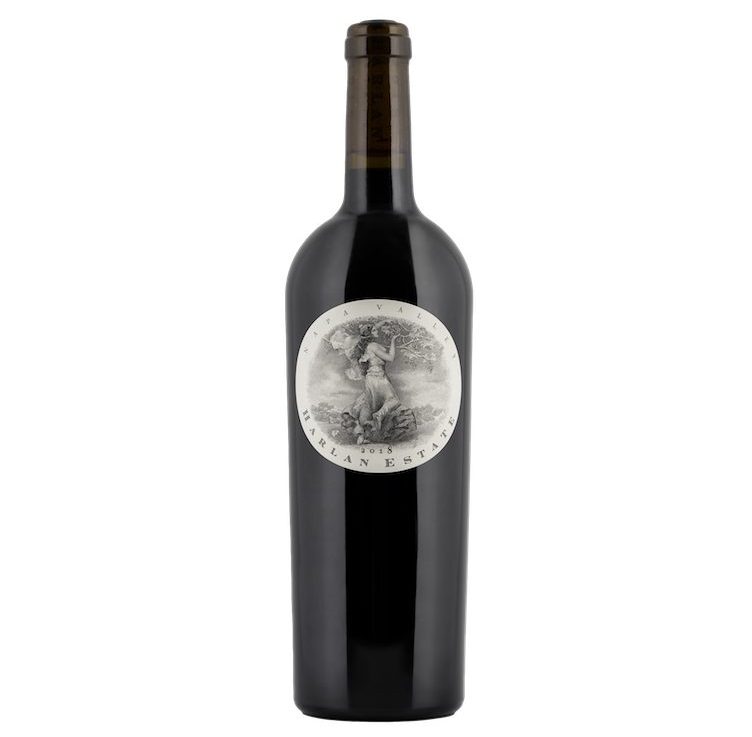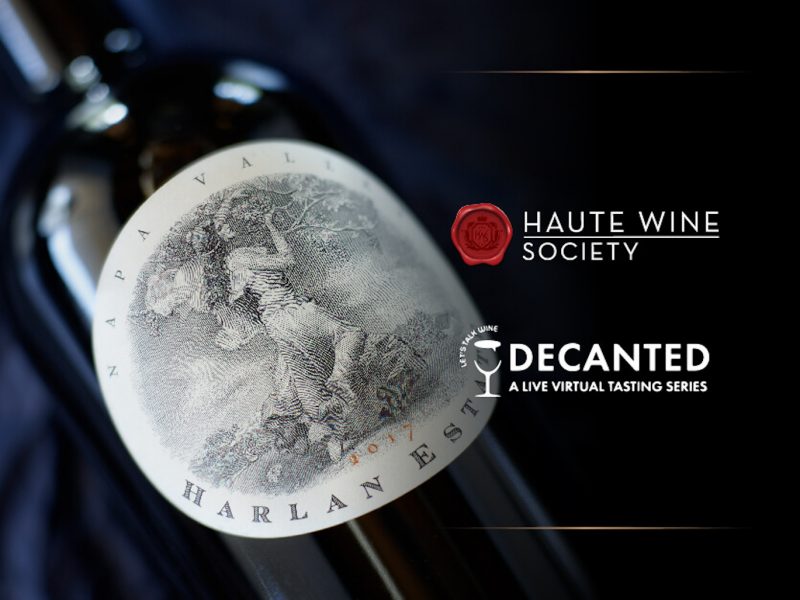Wine Tasting With Bill And Will Harlan, The Owners Of Napa Valley’s Cult Classic, Harlan Estate
ABOUT HARLAN ESTATE
 Photo Credit: Boris Zharkov
Photo Credit: Boris Zharkov
Harlan Estate is one of the most iconic wines in Napa Valley, an Oakville-based cult winery that produces mainly Bordeaux-style blends. It is one of the most sought-after Californian wines on the market, and therefore, one of the hardest to obtain. It’s owners, Bill and Will Harlan, are the focus of our most recent Haute Wine & Spirits cover story.
ABOUT: BILL HARLAN
 Photo Credit: Boris Zharkov
Photo Credit: Boris Zharkov
Native Californian H. William “Bill” Harlan is the co-founder of 1974 Pacific Union Co., a private diversified real estate development and investment firm in San Francisco. In 1979, along with his partner, he re-envisioned Meadowood Napa Valley, now a Relais and Chateaux hotel with a three-Michelin three-star restaurant. He established three winegrowing properties in the decades that followed: Harlan Estate in 1984 (which is also the family home); BOND in 1996; and in 2000, the Napa Valley Reserve, a members-only winery and vineyard located in St. Helena. In 2008, he began “setting a foundation” for the next generation with the acquisition of a new Napa Valley territory, Promontory.
ABOUT: WILL HARLAN
 Photo Credit: Boris Zharkov
Photo Credit: Boris Zharkov
After graduating from Duke University in 2009, Will Harlan began working on a consumer-internet startup in San Francisco, while simultaneously and quietly laying the groundwork for a wine project. Announced in 2013, The Mascot—a wine made from the younger vines of the Harlan family domain—marked Will’s official shift into the wine business. In 2017, Will assumed leadership of Promontory, the Harlan family’s most recently formed winegrowing endeavor in the Napa Valley. Beginning in January of 2021, Will’s responsibilities expanded to encompass oversight of all the family’s winegrowing properties when his father appointed him Managing Director of Domain H. William Harlan, which comprises Harlan Estate, BOND, Promontory, and The Mascot.
THE WINES: 2017 + 2018 HARLAN ESTATE

Photo Credit: Harlan Estate

Photo Credit: Harlan Estate
THE TALK
 Photo Credit: Harlan Estate
Photo Credit: Harlan Estate
On the creation of the 2017, which was harvested during the 2017 Napa Valley wildfires: “By the time they had started, we had already harvested, the vast majority of our fruit and that was safely in the cellar and really it’s from that fruit that we brought in before the fires that that the 2017 is produced. Overall, you know, it’s a very emotional vintage. It was one that we had a little bit of everything throughout the season, and it was one of you know very early on a little bit enigmatic to try to understand, but now that it’s had a little bit of time, it’s really come into its own. I think it’s become one of our one of our favorite wines it’s just it’s got this wonderful clarity, this wonderful transparency to it. And you know, I think the structure has because of that has almost this crystalline feel to it, which is not often found in Napa Valley Cabernets. We just brought this to the market last year for the first time, and we didn’t make very much of it, so we had to be very, very careful about how we we place to this vintage, but every year that goes by, I think we we form an even stronger emotional attachment to it.”
On the effects of climate change: “We are certainly feeling the effects of climate change. I think here we see it mostly with the drought cycles; we’re just getting more extreme weather. I wouldn’t say on average it’s necessarily been warmer, but certainly we’ve had quite extended periods of drought, and so, how we approach our farming has has shifted a lot — getting to the point of really dry farming the property has been has been really, really important. The way that we maintain the cover crops to maintain the moisture in the soil, the way that we — as we replant the road direction, the vine spacing getting cross shading between the rows — really is all working to create a slightly cooler, slightly more human environment for the vines, to be able to survive these extended periods of drought, without needing to irrigate. I mean, that’s just in the farming side, but then you consider that Harlan Estate, surrounded completely by forest — and you know the forest plays a huge role in the character of the wind as well — and from a drought and again, the wildfire standpoint, we’ve got to make sure that the forests are as healthy as they can be.
That just takes care of the forest and making sure that we’re reducing ladder fuels, reducing the you know the density of the canopy etc, so that
we get good airflow. Over time, we’ve seen this blurring of the lines between our farming crew and and the forest crew, and each one is really learning from from the other. Even in our cover crop regimes, we found a few annual perennial plants that actually work really well, and in between the rows, and it’s become a very holistic philosophy, for us, looking at the whole property — not just a venue with planted vineyards.”












